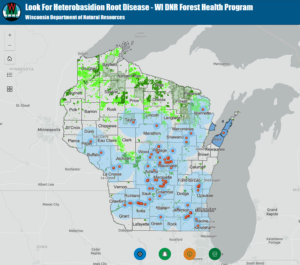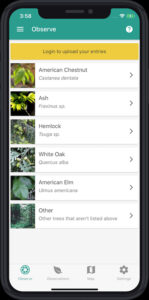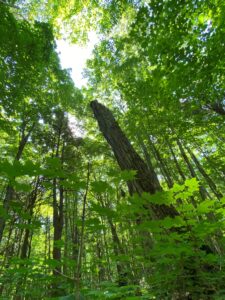By Elton Rogers, DNR Urban Forestry Coordinator; Elton.Rogers@wisconsin.gov or 414 294-8675
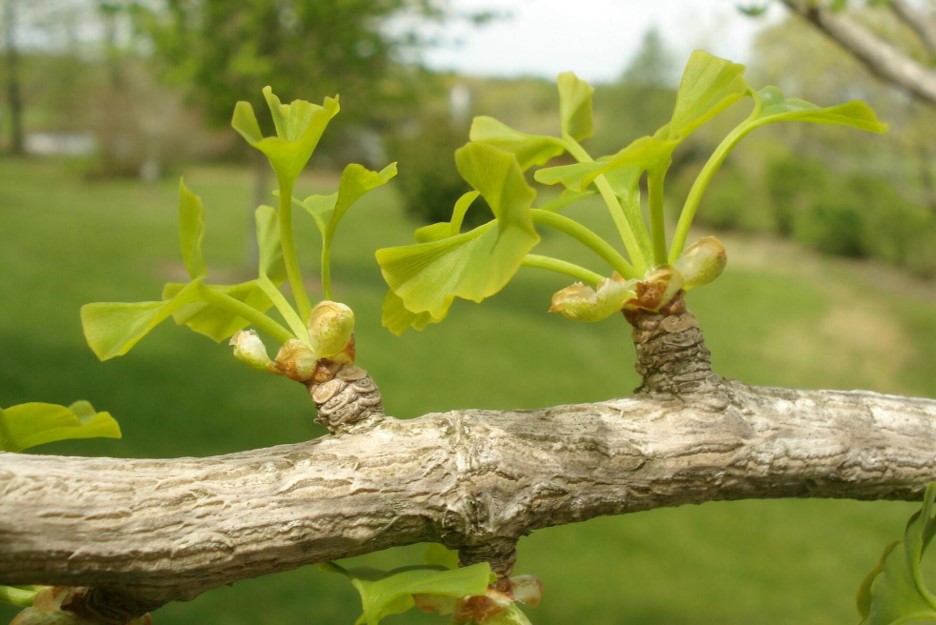
Photo credit: Mike Wendt
Spring is my absolute favorite time of the year. The reemergence of life is all around us, and the smell of fresh rain accompanies the sights and sounds of spring. The birds are scouring the soil for fresh insects to eat, the frogs are croaking away in the swamps and the bees buzz freely from plant to plant. Along with these sights and sounds of spring, another incredible transformation is occurring on our largest and longest-lived organisms in the landscape, trees. Continue reading “Why Don’t All Trees Leaf Out At The Same Time?”

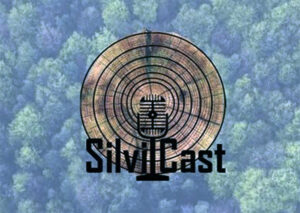
 Are you a forestry expert interested in working with the Wisconsin Department of Natural Resources (DNR), forest industry professionals and natural resource leaders to ensure sustainable management practices of Wisconsin’s forest resources?
Are you a forestry expert interested in working with the Wisconsin Department of Natural Resources (DNR), forest industry professionals and natural resource leaders to ensure sustainable management practices of Wisconsin’s forest resources?